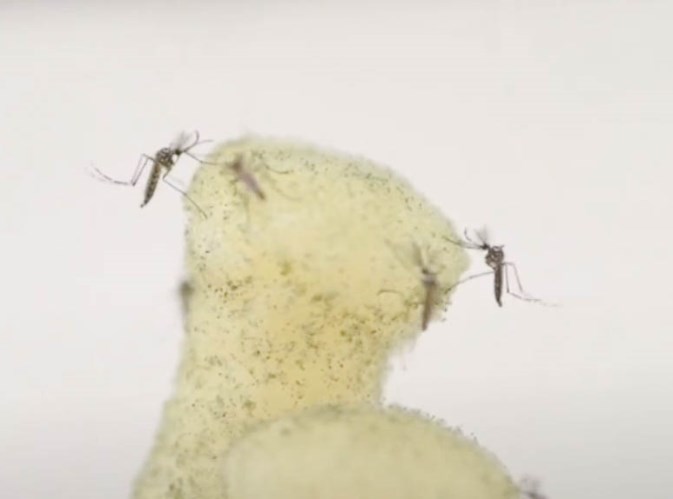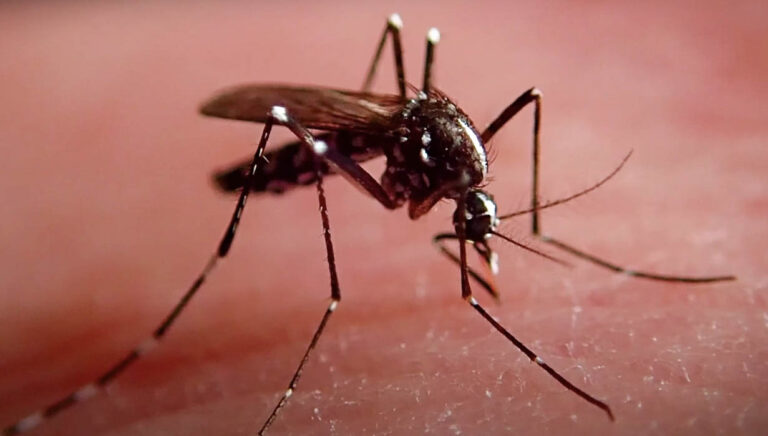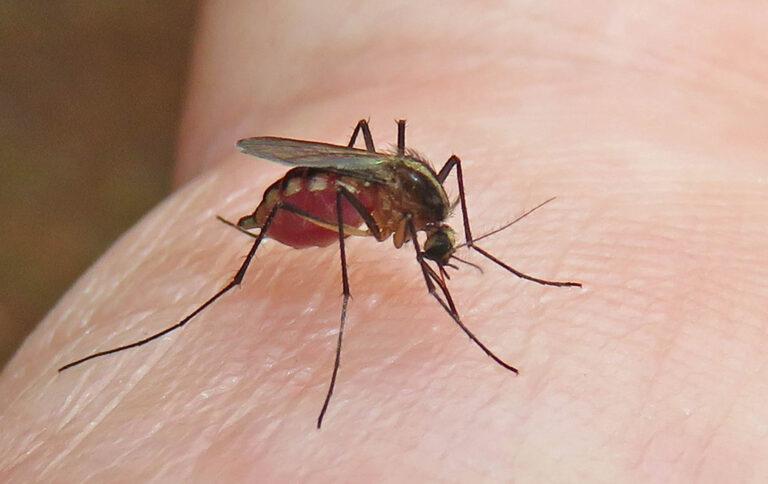About Anopheles Mosquitoes
About Anopheles Mosquitoes
Otherwise known as malarial mosquitoes, Anopheles mosquitoes are well known as vectors of malaria. They are found in a wide range of locations, with established populations in every continent but Antarctica. They are a notable public health concern because of their role in spreading malaria. Because blood meal is important for their procreation and establishment of large populations, they maintain close relationships with humans.
Appearance
Anopheles mosquitoes are dark brownish to blackish insects. In comparison to other insects and mosquitoes, the Anopheles mosquitoes are known for their posture. They are also characteristically slimmer and smaller than other mosquitoes and insects.
They are known for their palps which are located at both sides of the proboscis. The typical posture of the Anopheles mosquito is 30 to 45 degrees to the ground. This is opposed to other types of mosquitoes that maintain a posture that is parallel to the ground. The palps are almost the same length as the proboscis.
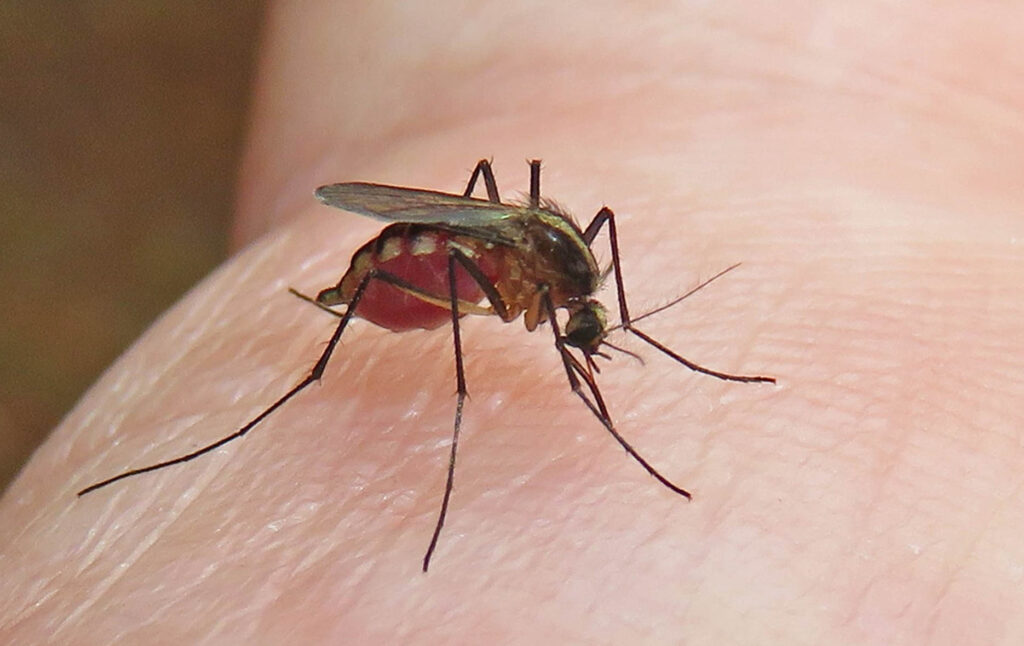
Behavior
Mosquitoes have a good distribution worldwide. They are found in every continent of the world except Antarctica. This is the case for Anopheles mosquitoes too. There are about 430 species of Anopheles mosquitoes globally. Malaria is a much bigger problem in the tropics and subtropics than in other areas. This could be due to the enabling environments of tropical and subtropical regions.
They feed on blood as well as other types of food such as sources of sugar. The sources of sugar that mosquitoes feed on include the nectar of plants. While the males can survive solely on sources of sugar, the females require a blood meal to be able to produce eggs. Without a blood meal, the female Anopheles mosquitoes cannot produce fully developed eggs.
Anopheles mosquitoes are important vectors in public health. They are known as the malarial mosquitoes because they are the chief vectors of malaria. Anopheles mosquitoes spread malaria when they take blood meals from an infected person. They spread the parasite through their saliva. Anopheles mosquitoes also spread diseases like the Chikungunya virus. They also spread parasitic nematodes.
The mosquitoes are nocturnal and begin their activity at dusk. Even though they are generally active at night, it has been noticed that they have adapted their activity pattern to include day, because of the widespread use of mosquito nets.
Life cycle
The female lays eggs after taking a blood meal. She may take some time to digest the blood meal before producing the eggs on a stagnant body of water. They lay eggs on different forms of stagnant water, including collected rainwater.
Female Anopheles mosquito lays eggs singly in bodies of water, as opposed to other types of mosquitoes that lay eggs in groups that are glued together. The mosquitoes lay 50 to 200 eggs at once.
The eggs hatch into larvae in two to three days. The larvae float in the body of water where they are laid. They usually lay parallel to the water surface and go up to the surface to breathe.
Anopheles mosquito larvae feed on bacteria, algae, and different microorganisms.
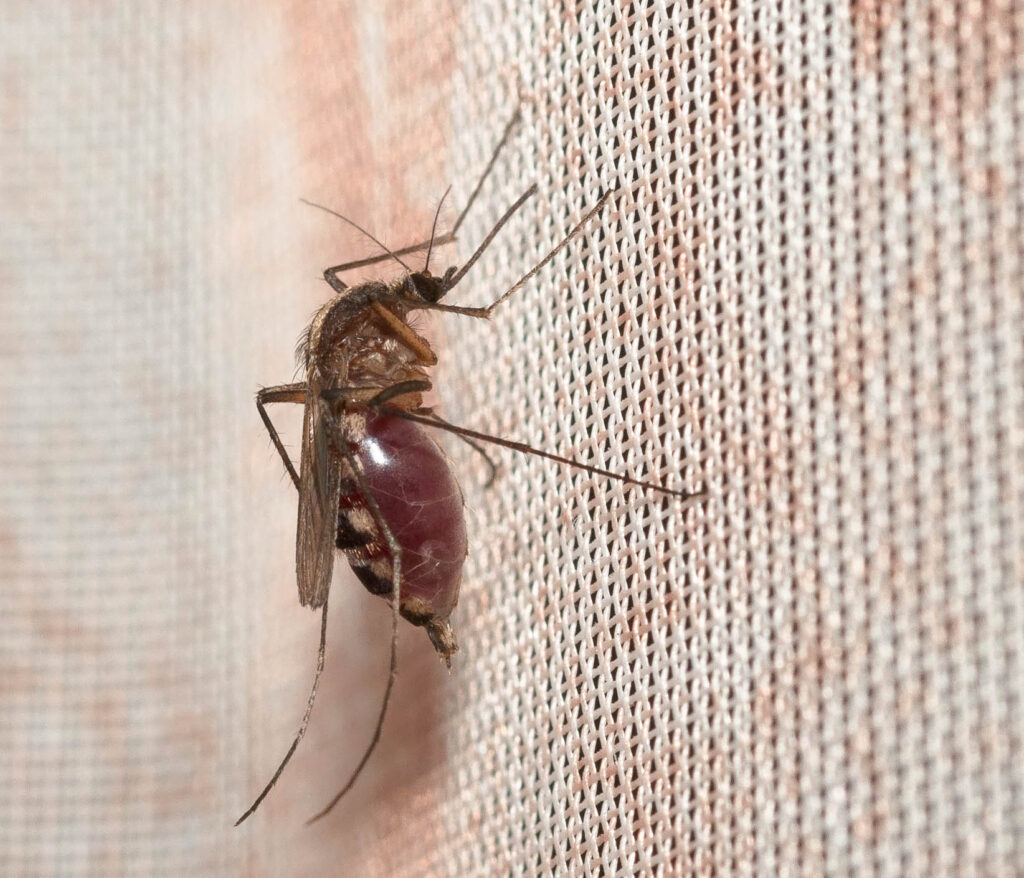
After four developmental stages, pupae hatch out of larvae. The pupae also lie parallel to the surface of the water body, and they go up to the surface to breathe. Pupae breathe with structures called respiratory trumpets.
The pupal Anopheles mosquito develops into the adult mosquito in two to three days. If female, the adult Anopheles mosquito can take its first blood meal two to three days after it becomes mature.
Anopheles mosquitos have a short lifespan. They typically live for a few weeks. They could also live for up to a month. Even with their short lifespan, Anopheles mosquitoes are known for their fast reproduction rate that causes them to establish notable populations in a short period. They produce eggs every two to three days in large numbers.
Habitat
Anopheles mosquitoes are literally found in all kinds of habitats. They lay their eggs on bodies of stagnant water. They breed in all kinds of stagnant or slowly moving waters. They may also hibernate in caves.

